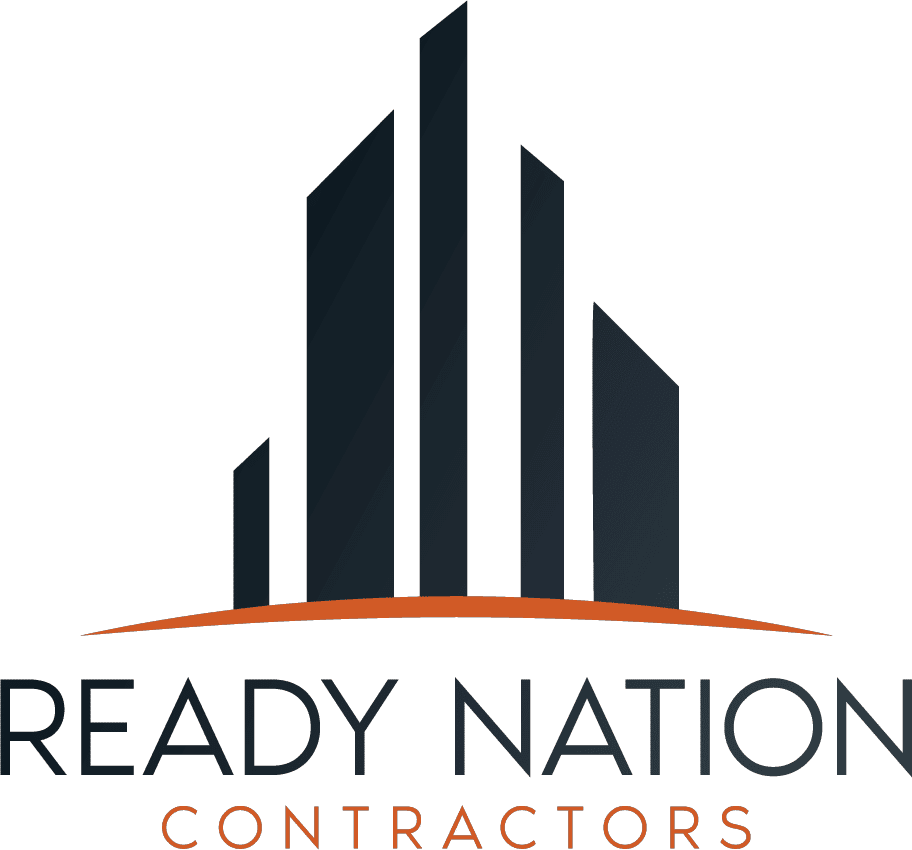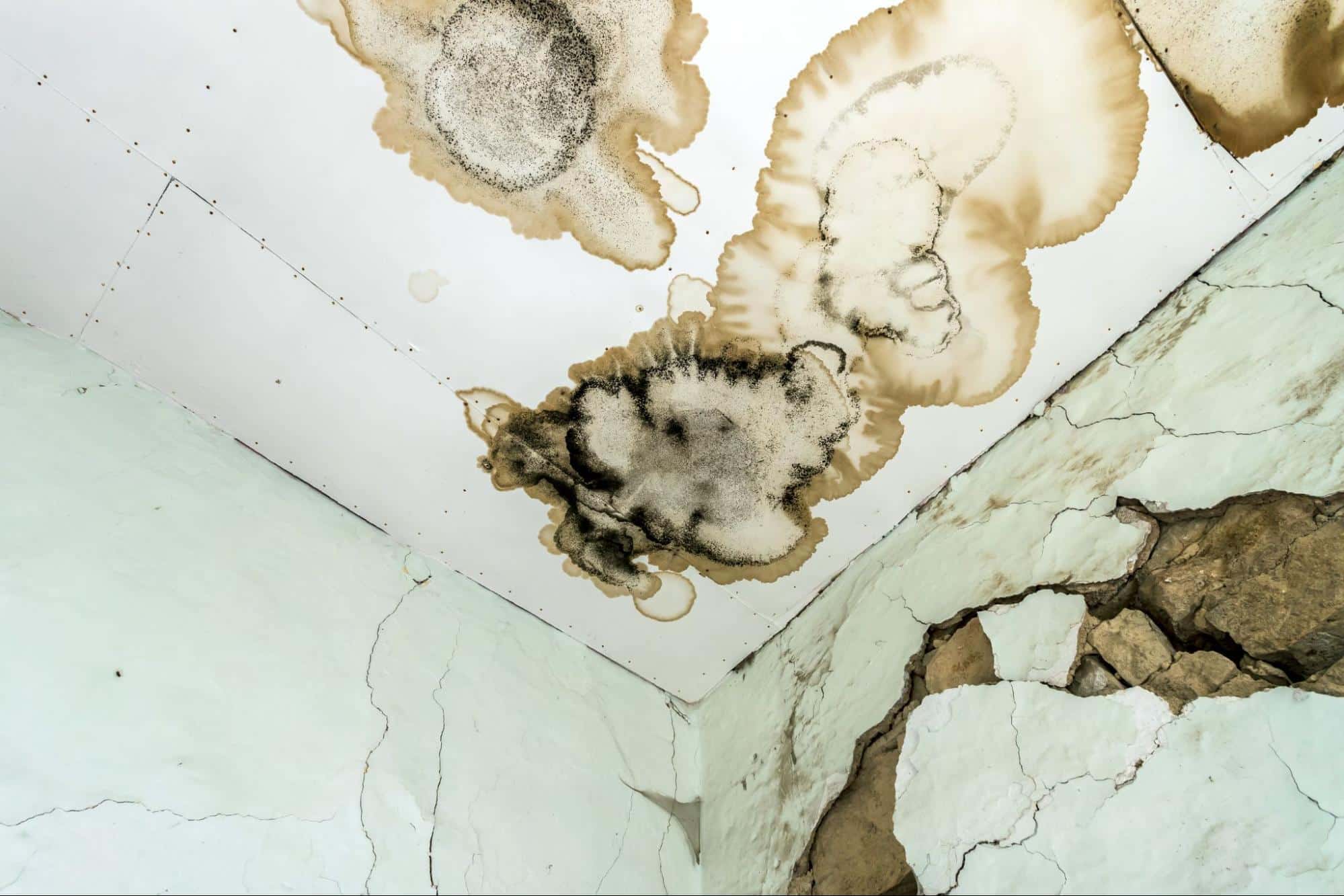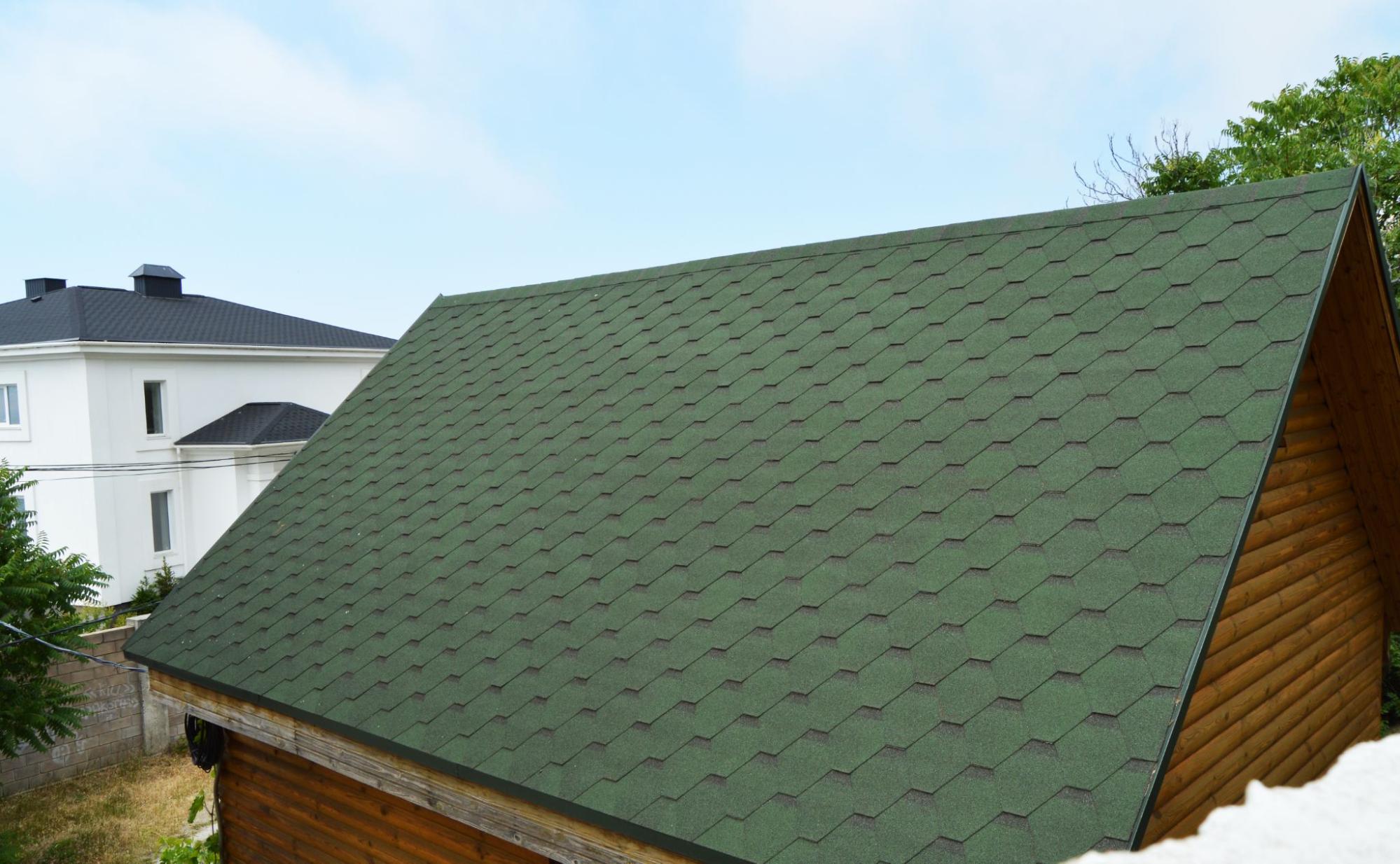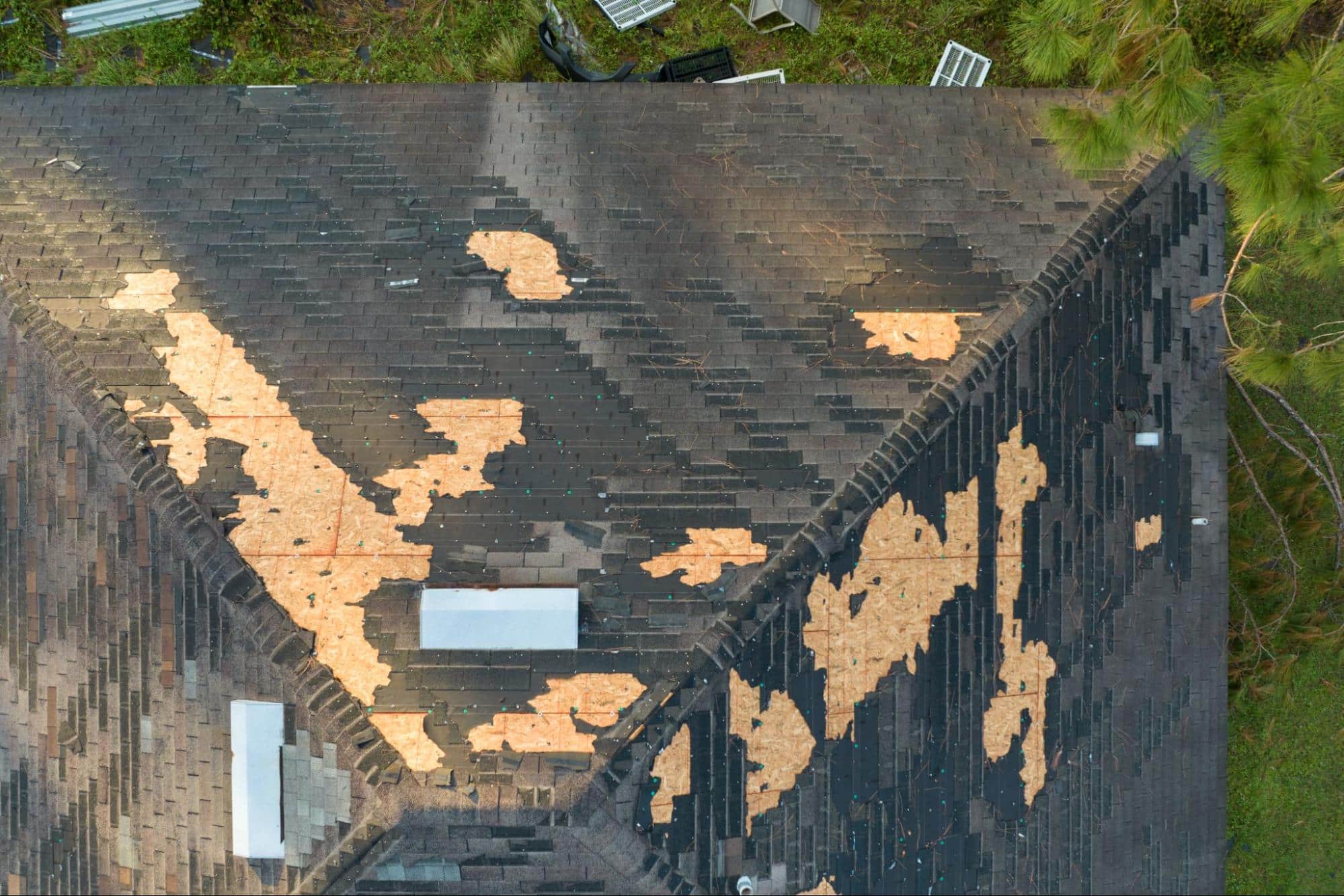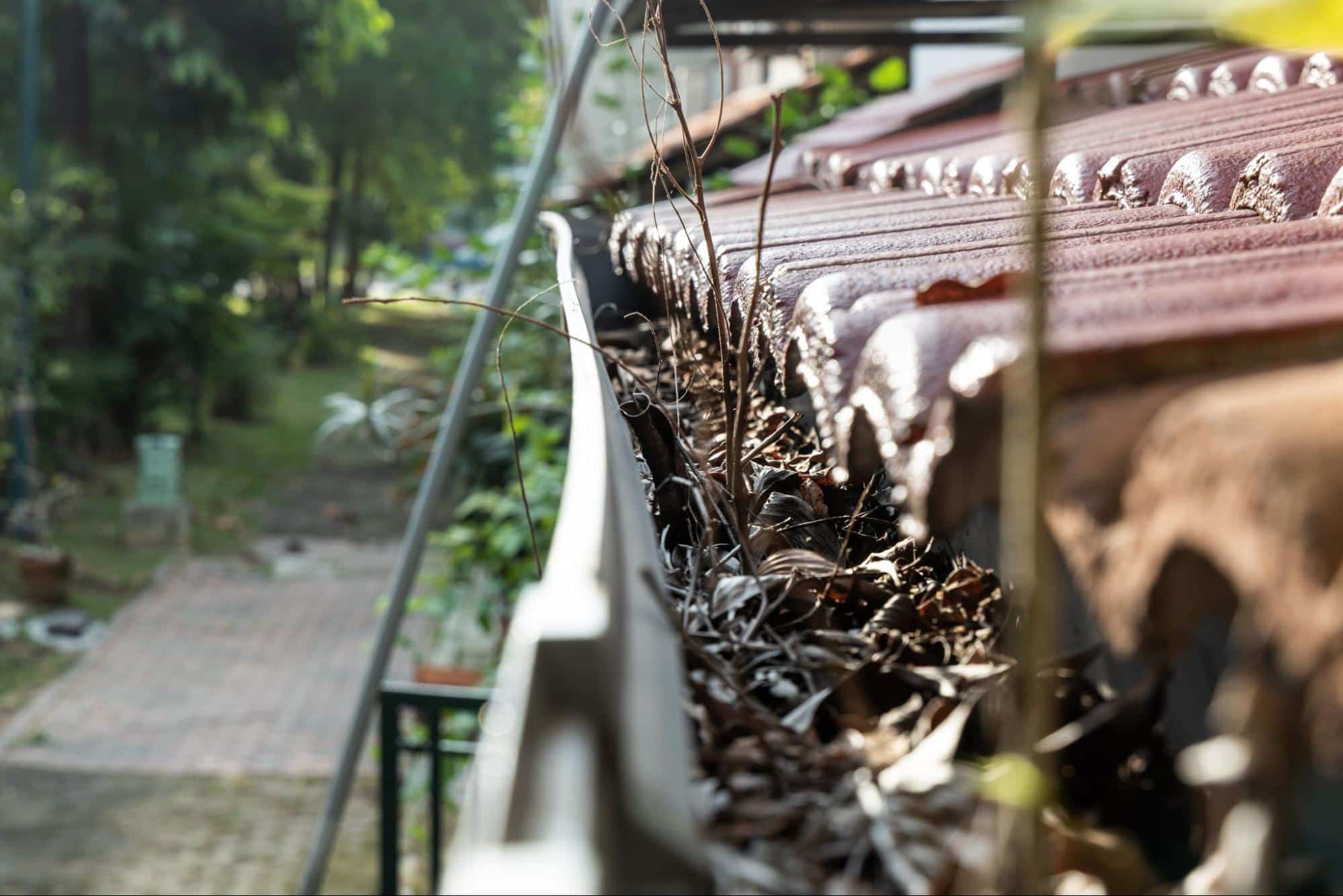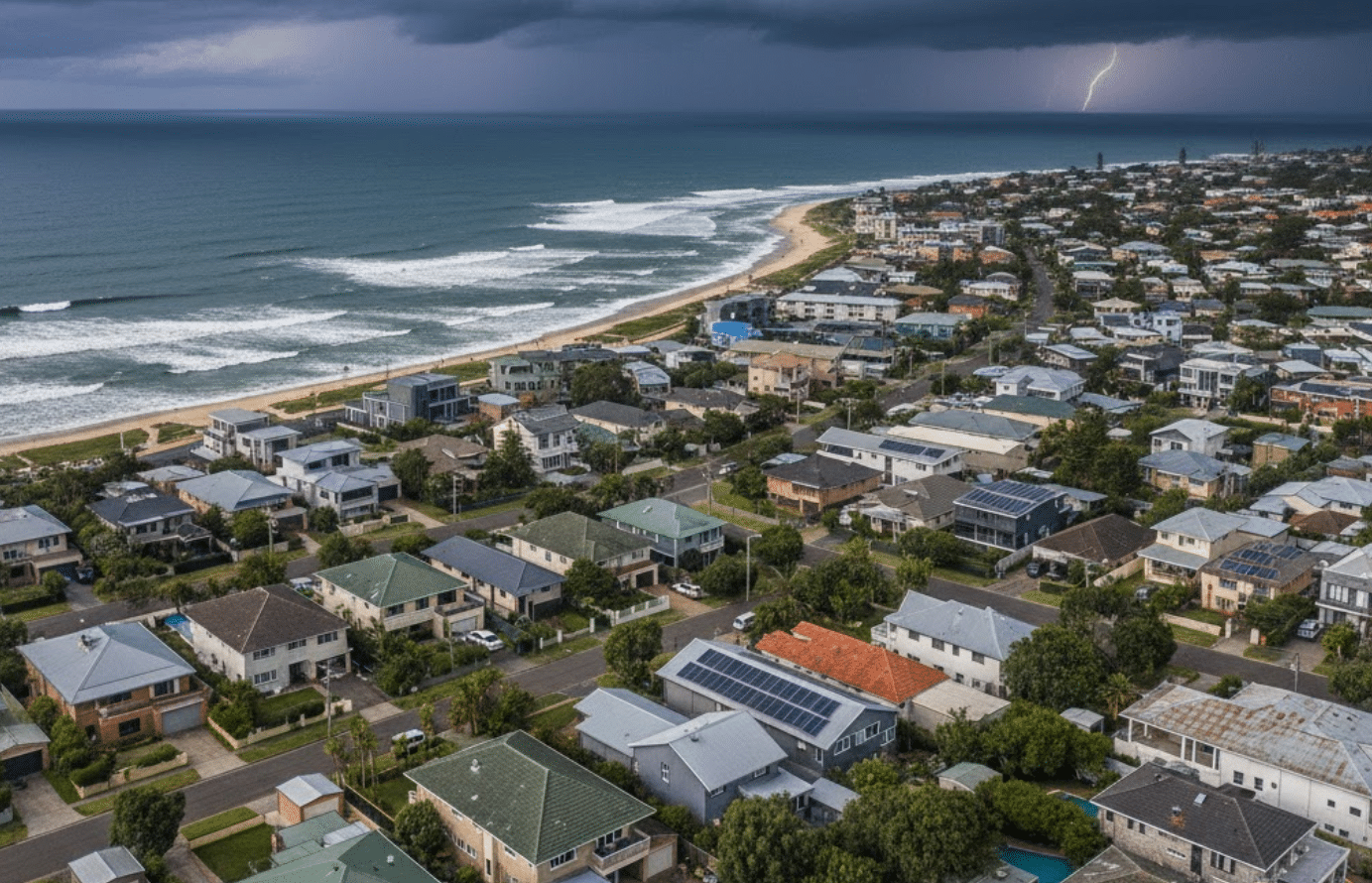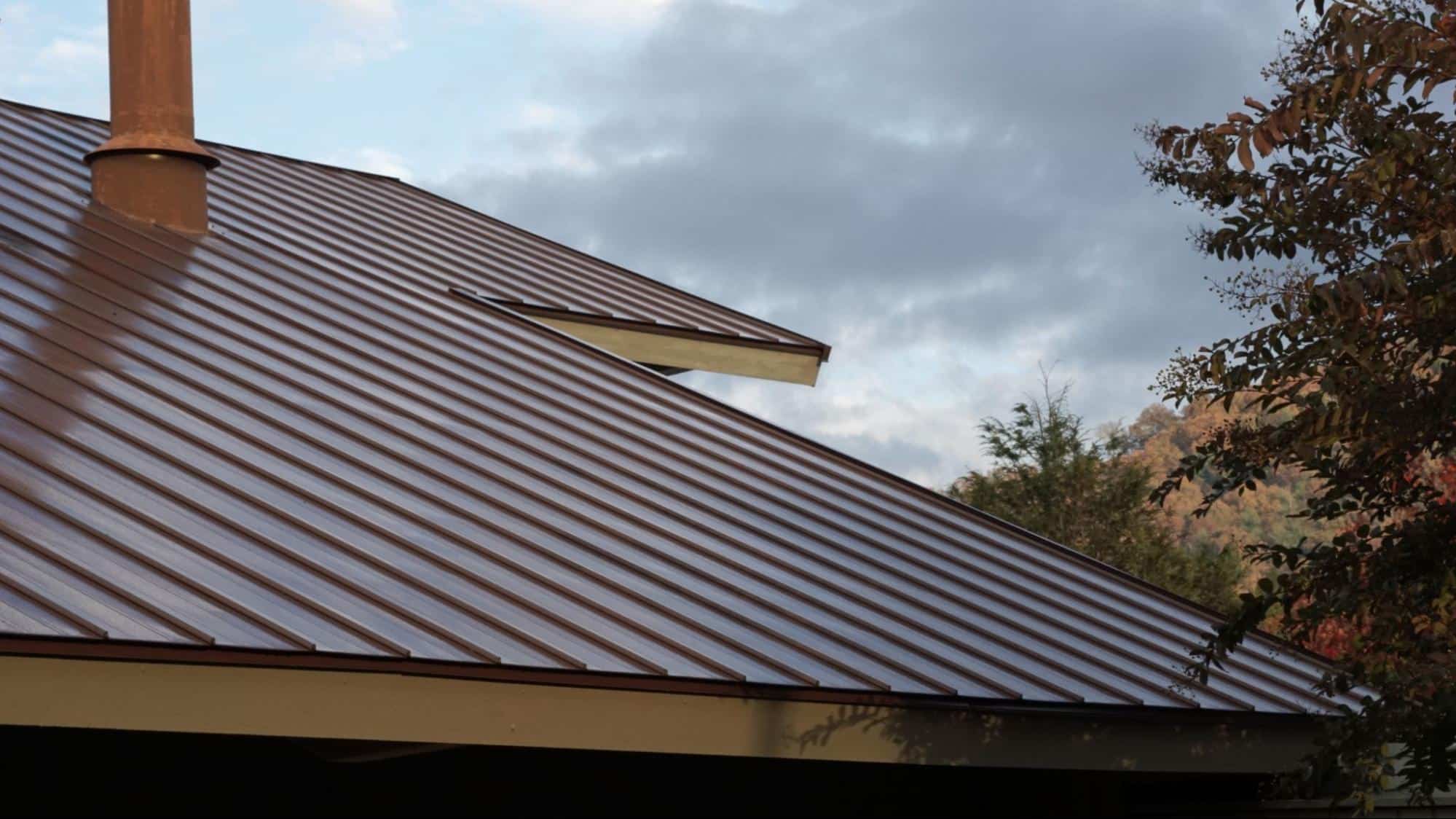Ceiling stains after a summer squall, shingle grit building up in the gutters, or rising energy bills can all point to a deeper problem overhead. Along the Gulf Coast, roofs take a relentless beating from wind, rain, and heat—and the real damage often hides beneath the surface. Moisture intrusion, unseen leaks, and energy loss can disrupt both homes and businesses long before a roof fails completely.
At Ready Nation Contractors (RNC US), we help property owners recognize these warning signs early and take action before minor issues turn into major repairs. As the RNC company homeowners and facility managers call when they search “RNC contractors near me,” we deliver fast, precise service across Florida, Texas, and Louisiana. From detailed inspections to full replacements, our Ready Nation Contractors services cover residential, commercial, and industrial properties.
In this guide, we’ll walk through the clearest signs you need a new roof, how long different materials last in storm-prone regions, and how to decide when repair or replacement makes the most sense. You’ll also find practical steps for documenting damage, managing insurance, and connecting with our teams for roof repair, storm recovery, mold remediation, HVAC stabilization, and more—plus how to reach us for a same-day assessment.
How Long Roofs Last In Storm-Prone Climates
Typical Lifespans By Material
Material lifespans are often quoted for mild climates, which can be misleading along the Gulf. In Florida, Texas, and Louisiana, severe wind, hail, heat, and humidity shorten service life.
- Asphalt shingles: 15–20 years in storm-heavy zones (vs. 20–25 in mild regions)
- Metal: 30–50 years
- Clay/concrete tile: 25–50 years
- Wood shakes: 15–30 years
If your asphalt roof is past 15 years and you’re seeing recurring leaks or shingle loss, it’s time to weigh replacement. A quick maintenance history check, how often you’ve called for patching, helps confirm the signs you need a new roof.
Local Factors That Accelerate Wear
Coastal wind uplift, salt air, UV intensity, and frequent downpours all compound damage. We routinely see:
- Granule loss and bald spots after just a few seasons
- Fastener fatigue and flashing failure from constant expansion/contraction
- Premature underlayment breakdown in high humidity
Regular inspections and proactive repairs buy time, but in many cases, they signal a roof is nearing the end of its useful life. When repairs start stacking up each season, replacement becomes the more economical move.
Visible Exterior Red Flags
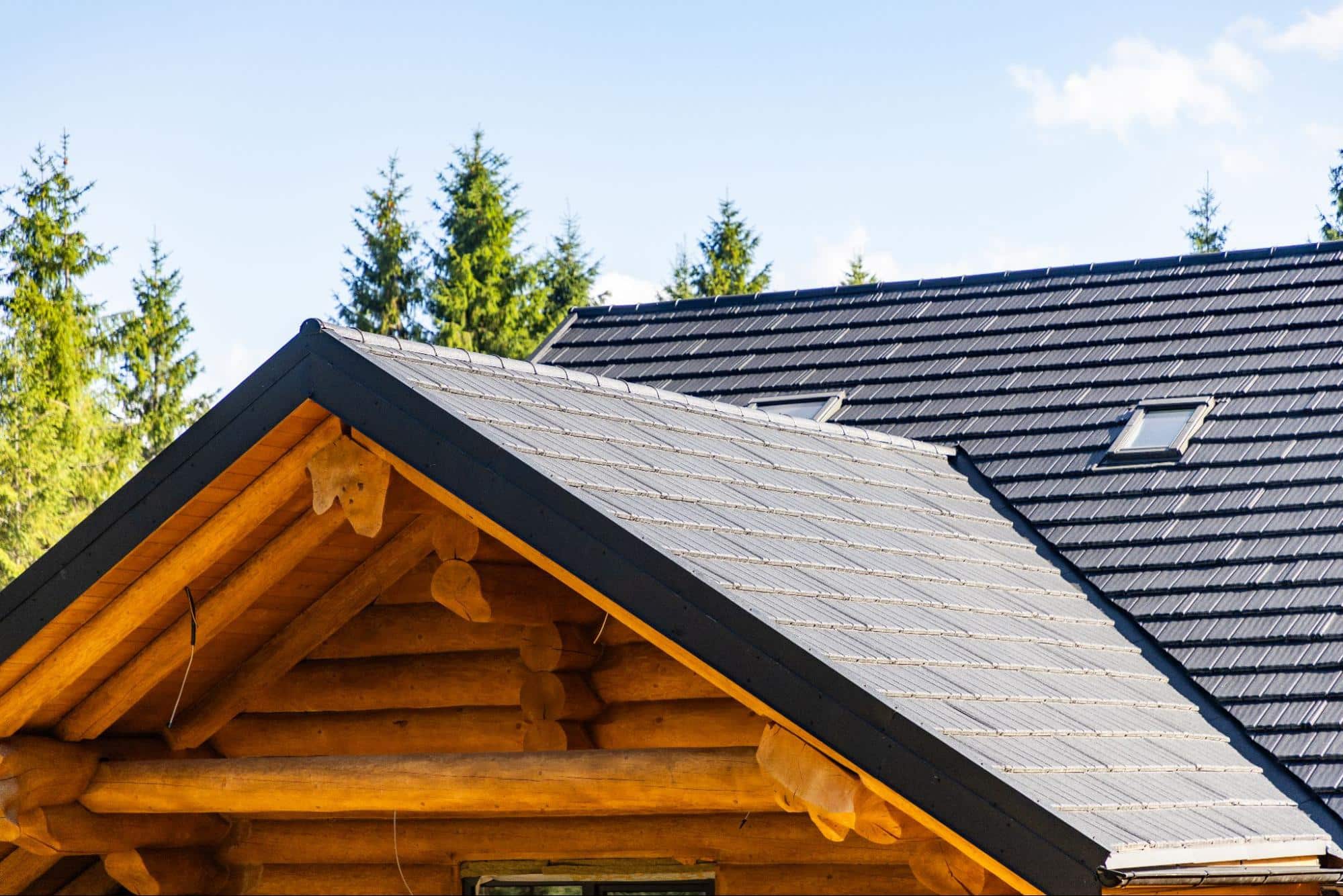
Curling, Cracked, Or Missing Shingles
Shingles that curl at the edges, split across the face, or go missing altogether expose the underlayment to wind-driven rain. After one big storm, what starts as cosmetic turns into active leaks. If whole sections are loosening or tabs are tearing at the nail line, the roof may be beyond simple shingle replacement.
Bald Spots, Granule Loss, And Exposed Underlayment
Finding heavy granules in the gutters, or seeing dark, smooth patches on the roof, is a classic aging marker. Granule loss accelerates UV damage, causing brittleness and widespread cracking. If you can see the underlayment or nail heads, water intrusion is next.
Damaged Flashing, Vents, And Sagging Lines
Flashing keeps water out at chimneys, skylights, and wall intersections. Bent, corroded, or loose flashing is a frequent source of hidden leaks. Also watch for wavy or sagging roof lines, these hint at saturated decking or structural deterioration. At this point, you’re not just looking at repairs: you’re looking at structural risk and stronger signs you need a new roof.
Interior Warning Signs You Shouldn’t Ignore
Leaks, Stains, And Peeling Paint
Ceiling stains, bubbling drywall, or peeling paint mean moisture has already bypassed roofing layers. Water can travel along rafters before appearing in rooms far from the exterior breach. Recurrent stains, even after patching, strongly suggest the system has failed in multiple locations.
Attic Daylight, Wet Insulation, Mold Odors, And Rising Energy Bills
During daylight hours, look for pinholes of light in the attic and damp insulation. Musty odors indicate persistent humidity and potential mold growth. You may also notice higher energy bills as insulation gets compromised and ventilation misbehaves. When several of these symptoms stack up, it’s a reliable indicator that repairs alone won’t solve the problem.
Storm-Related Damage In FL, TX, And LA
Wind Uplift, Loose Fasteners, And Missing Sections
Gulf storms create uplift forces that break seals, loosen fasteners, and peel off entire roof sections, especially on older systems. If you see widespread shingle displacement or panel movement, replacement is often the safer, code-compliant route.
Hail Bruising, Impact Fractures, And Soft Spots
Hail can bruise shingles, crush granules, and fracture mats. You may notice dark pockmarks, soft divots, or circular granule loss. Even if leaks aren’t immediate, cumulative damage shortens the roof’s lifespan and complicates insurance claims if you wait.
Wind-Driven Rain, Soffit Damage, And Hidden Moisture
Wind-driven rain can penetrate vents, soffits, and wall transitions, sending water into cavities you won’t see until stains or mold appear. Thermal imaging and moisture readings help confirm the extent of hidden damage, crucial data when deciding between targeted repairs and full replacement.
Repair Or Replace? How To Decide
Age, Extent Of Damage, And Past Repairs
If your roof is within 20% of the expected lifespan and damage is scattered across slopes, replacement tends to be more cost-effective than chasing leaks. A roof needing multiple emergency calls per year is telegraphing the need for a new system.
Decking, Underlayment, And Ventilation Health
We look beneath the surface: Is the decking soft or rotted? Is the underlayment intact? Is ventilation balanced, or are heat and humidity cooking the shingles from below? If the substrate and airflow are compromised, a new roof with corrected ventilation will outlast any patchwork.
Insurance, Code Upgrades, And Budget Considerations
Insurance policies in storm zones often address roof age, material, and hail/wind endorsements. Code upgrades, like improved underlayment, flashing, and ventilation, may be required and can be partially covered in some claims. We help you evaluate options and build a scope that aligns with your budget and long-term plans for the property.
Safe Inspection And Documentation Tips
Ground-Level Checks, Photos, And Moisture Readings
Start safely from the ground with binoculars. Photograph problem areas, gutters, and downspout discharge for granule piles. Inside, log ceiling stains, attic conditions, and any readings from moisture meters. Good documentation accelerates insurance conversations and contractor estimates.
For a deeper look without risk, schedule a professional inspection. Our team routinely provides documented findings, moisture mapping, and itemized scopes that make decision-making straightforward.
When To Call A Licensed, Insured Roofing Contractor
If you see widespread shingle failure, flashing damage, daylight in the attic, or active leaks, call a licensed, insured contractor immediately. We bring the safety gear, testing tools, and experience to differentiate between smart repairs and full replacement. You can review our credentials and story on our About page, and see recent insights from our restoration crews on our Blog before scheduling your visit.
Conclusion
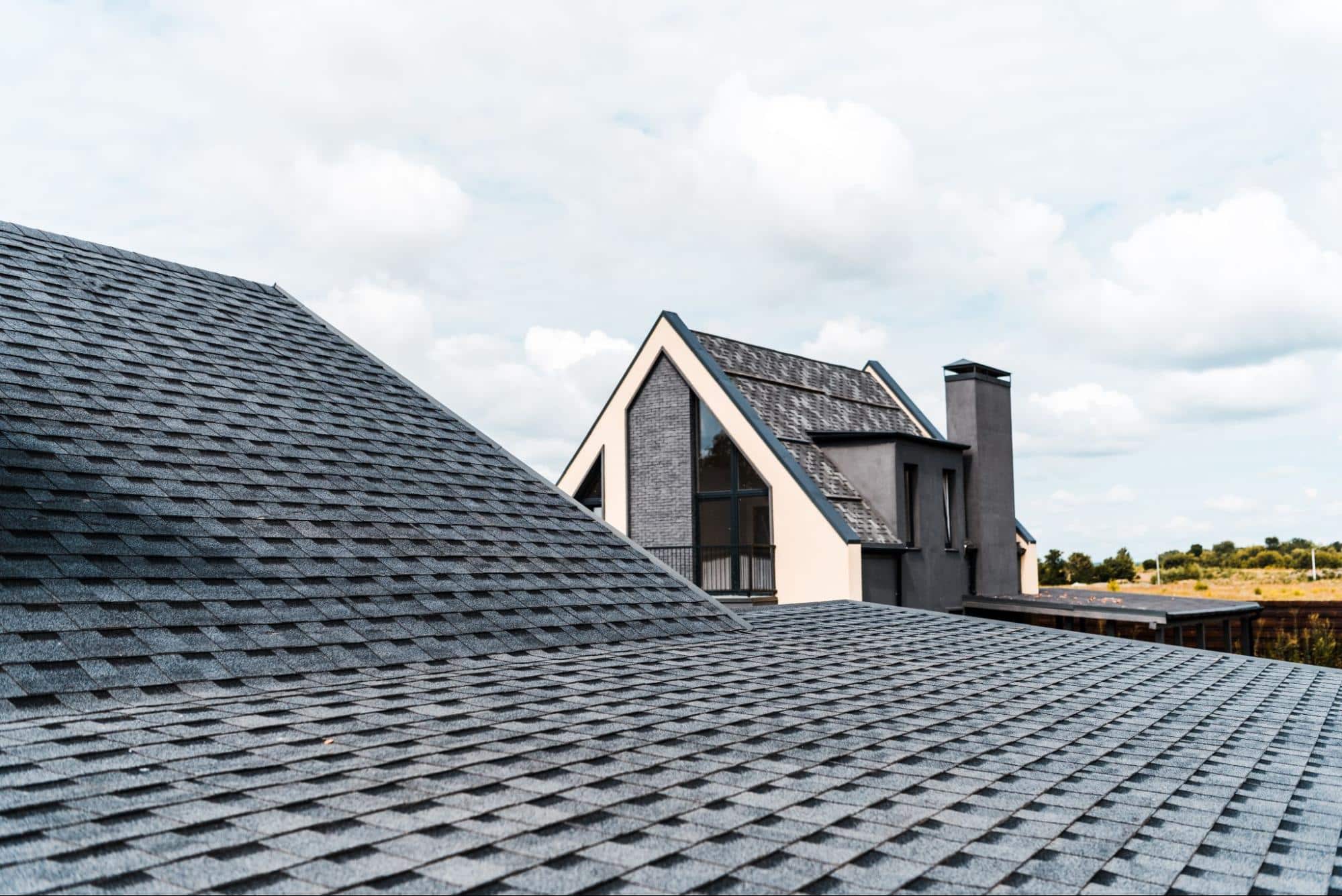
When multiple warning signs appear—curling or missing shingles, granule loss, stains inside, or any sagging—there’s a good chance your roof is at or past its service life. In storm-heavy markets like Florida, Texas, and Louisiana, waiting only increases risk and costs. We’re Ready Nation Contractors, and we’re built for fast, high-quality solutions that protect your home or business for the long haul.
Have questions or need a roof inspection? Visit our Contact page or find a crew near you through our Locations page.
Next steps are simple:
- Explore roof-specific help on our Roof Repair page and our Storm Damage hub for recovery best practices and emergency response.
- If interior moisture is present, pair the roof plan with Mold Remediation and Water Damage restoration to protect indoor air quality and structure.
- Running a commercial site? See our Commercial Restoration and Industries Served pages for tailored scopes and scheduling.
Questions or ready for an inspection? Contact us today through our Contact page, or find a crew near you via Locations. If you need broader construction support, our General Contracting and HVAC teams can integrate into the same project plan, minimizing downtime and disruption.
When the signs you need a new roof start showing up, we move quickly, from inspection to estimate to a code-compliant install that’s built for Gulf Coast realities. Let’s protect your property and put this worry to bed.
FAQs About the Signs You Need a New Roof
How often should I have my roof inspected in Florida, Texas, or Louisiana?
Along the Gulf Coast, we recommend professional roof inspections at least twice a year—once before storm season and once after. Early detection of loose shingles, flashing issues, or minor leaks can prevent costly structural repairs later. Schedule an inspection through our Roof Repair page to stay ahead of potential problems.
What are the most common signs I need a new roof?
Key indicators include curling or missing shingles, frequent leaks, ceiling stains, mold odors, and sagging lines. Granule buildup in gutters and rising energy bills also signal declining roof performance. These warning signs suggest it’s time for a full assessment.
Can storm damage shorten my roof’s lifespan even without visible leaks?
Yes. Wind uplift, hail impact, and wind-driven rain can weaken the roofing system long before leaks appear. Even small cracks or bruises can allow moisture to spread under the surface.
Should I repair or replace my roof after repeated leaks?
If your roof is nearing the end of its expected lifespan or requires multiple repairs each year, replacement is usually the smarter investment. Our team evaluates your roof’s age, material, and structural condition to recommend whether targeted repairs or a full system replacement will save you more long term.
How can Ready Nation Contractors help with insurance claims?
We provide detailed inspection reports, photo documentation, and itemized estimates that streamline the claims process. Our experts coordinate directly with your insurance provider to ensure code-compliant materials and fair coverage.
